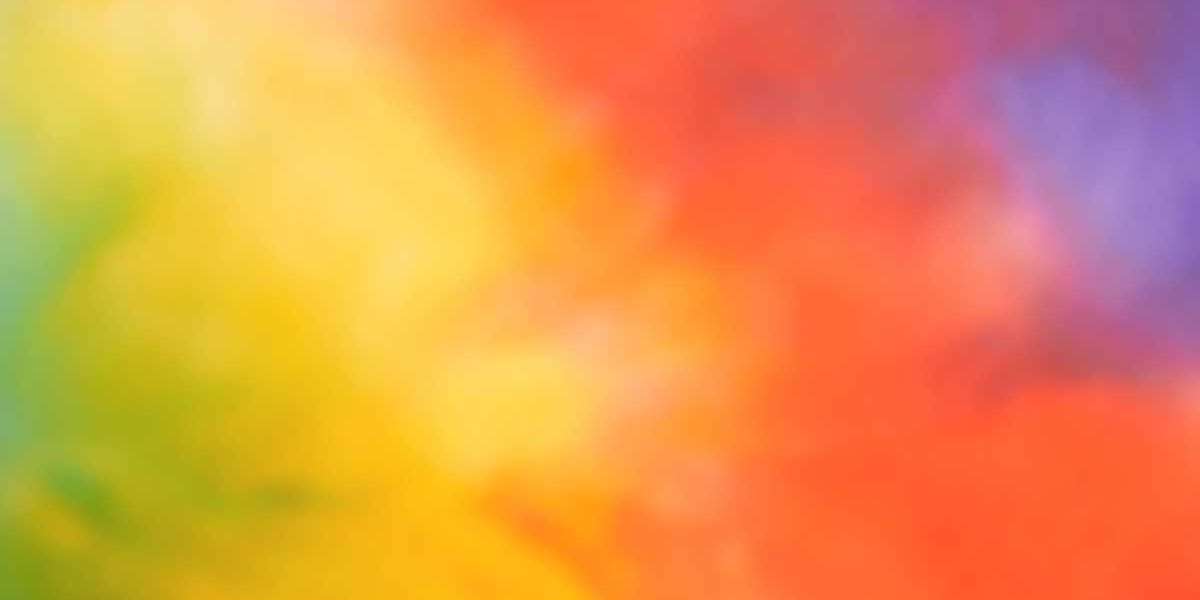Beyond just being aesthetically pleasing, colour represents identity, arouses emotions, and tells stories. Dyes continue to be the key components of every vibrant colour and delicate shade we encounter in the vast world of the textile and chemical industries. Because to its affordability, convenience of use, and strong performance on cellulose fibres, Direct Orange stands out among the broad variety of synthetic dyes now on the market as a flexible and dependable colourant that is utilised in many different industries.
As synthetic dyes have evolved, several different categories have been created for particular uses, and the direct dye class has continuously maintained a strong market position. One important member of this family, Direct Orange, is a well-liked option for manufacturers all over the world since it blends affordability and colour brilliance.
Comprehending Direct Orange
One kind of synthetic dye that falls under the direct dye category is called Direct Orange. These dyes get their name because they can be used directly to colour cellulose fibres like cotton and rayon without the need for a mordant or binding agent. Because of this characteristic, they are especially appealing for uses requiring simple, quick, and inexpensive dying procedures.
The warm, vibrant orange colour of Direct Orange is admired. On cellulose fibres, it offers good colour fastness, particularly indoors. Through hydrogen bonding and Van der Waals forces, the dye forms a somewhat persistent association with the fibres, however this can change depending on the washing conditions and amount of sunshine exposure.
Structure Propertiesand Chemical
Chemically speaking, Direct Orange dyes are often azo-based substances, meaning they have one or more azo groups (-N=N-), which are responsible for producing rich, vibrant colours. The azo group, which gives the dye its optical properties, is essential to the chromophore system. Depending on the required application and the desired colour intensity, some Direct Orange formulations may be monoazo or diazo.
Direct Orange dyes are perfect for usage in industrial settings where water-based dyeing procedures are common because of their water solubility, which makes them perfect for aqueous dye baths.
Uses for Direct Orange
Although Direct Orange is used in many different industries, the textile industry is where it is most commonly used. This dye works incredibly well on cotton, viscose, jute, and other natural fibres, providing consistent coverage and vivid hue.
Direct Orange is utilised in textiles for:
- Cotton and cellulosic fibres respond particularly well to fabric colouring.
- Printing: Frequently employed in fabric printing procedures to produce designs.
- Blends: Performs rather well on fibre blends, however results may differ.
- In addition to textiles, Direct Orange is utilised in:
- Giving paper goods a vivid, uniform colour is known as paper colouring.
- Leather processing: Sometimes applied to leather to provide earthy, mellow tones.
- When a warm, natural orange finish is needed, wood dying is used.
In addition to being aesthetically pleasing, it has a practical purpose by frequently marking or differentiating objects for branding, inventory, or utilitarian purposes.
Environmental Factors
Environmental concerns are raised by the manufacture and disposal of Direct Orange, as is the case with many synthetic dyes. Inadequate wastewater management during production or use can cause ecological disruptions, even though it is water-soluble and less hazardous than some metal-complex dyes. Water bodies' colour can signal chemical contamination, impact aquatic life, and decrease light penetration.
Advanced filtration and dye removal technologies, including membrane filtration, electrochemical treatment, and adsorption techniques employing activated carbon or biochar, are being used by industry to lessen these effects. In addition to encouraging sustainability, conscientious producers such as Sardar Chemicals prioritise ecologically friendly dye solutions and disposal techniques.
Benefits of Direct Orange Use
Direct Orange is a desirable dye in many industries due to a number of factors:
- Cost-Effective: Direct Orange provides a less expensive option without noticeably sacrificing performance when compared to reactive or vat dyes.
- Application Ease: Because it is a direct dye, it uses fewer chemicals and procedures, which saves processing time and labour.
- Good Compatibility: Increases its adaptability by functioning well on a variety of cellulose-based substrates.
- Brightness: The deep orange colour is striking and reliable, which is important for business aesthetics.
- Formulation Adaptability: To generate unique shades, Direct Orange can be used with other direct dyes.
- Restrictions and Difficulties
Despite its advantages, there are a few things to think about when using Direct Orange: - Reduced Lightfastness: Over time, direct dyes, such as Direct Orange, may show less resistance to light than reactive dyes.
- Moderate Wash Fastness: If appropriate after-treatment is not used, there may be some fading, especially after repeated washings.
- pH Sensitivity: Variations in the dye bath's pH can affect how well the dye works, therefore precise chemical conditions must be maintained.
Textile experts frequently employ cationic fixatives, after-fixation agents, or the dye in conjunction with other mordant-free treatments to improve durability in order to get around these issues.
New Developments in the Direct Use of Orange
The way conventional dyes like Direct Orange are being reformulated for contemporary uses is being influenced by advancements in dye chemistry. The main goals of recent research are to increase the dye's binding strength, increase its biodegradability, and use less water while dying.
Nanotechnology is being investigated to bind Direct Orange onto modified fibres in high-performance textile applications, producing fabrics that are more resilient to weather and withstand wear and tear. Furthermore, greener synthesis methods and bio-based auxiliaries are becoming more popular since they provide an environmentally friendly solution without compromising colour performance.
Additionally, real-time dye absorption control is made possible by automation in dye dispensing and smart dye baths, enabling Direct Orange to be used effectively with little waste.
Market Patterns and Prospects
Because of its value proposition, Direct Orange's demand is stable. The dye is still widely used in areas like South Asia, the Middle East, and sections of Latin America that have robust textile industry. Manufacturers are investing in cleaner dye methods as worldwide consumers demand more sustainable practices, and Direct Orange is still adjusting to meet these demands.







